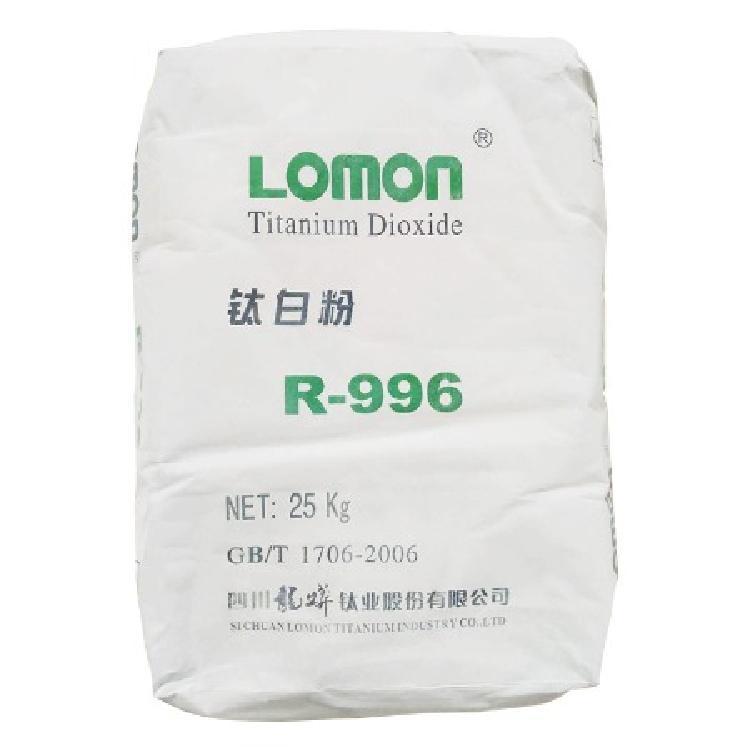
Dec . 11, 2024 01:04 Back to list
Wholesale Titanium Dioxide Pigment for High-Quality Industrial Applications and Retail Solutions
The Rising Demand for Wholesale TiO2 Pigment Trends and Insights
Titanium Dioxide (TiO2) is an essential ingredient in a wide range of industries, including coatings, plastics, paper, and cosmetics, thanks to its excellent opacity, brightness, and durability. As a result, the market for wholesale TiO2 pigment has seen significant growth over the years, driven by increasing applications and burgeoning industries across the globe. Exploring the factors contributing to this demand, current trends, and future outlook provides a comprehensive understanding of the TiO2 pigment market.
Understanding TiO2 Pigment
Titanium Dioxide is a white inorganic pigment that is produced primarily from two processes the sulfate process and the chloride process. The sulfate method involves the reaction of titanium ore with sulfuric acid, while the chloride process utilizes chlorine to separate titanium from iron and other contaminants. The end product is a fine, white powder that is renowned for its opacity and UV resistance, making it an ideal choice for various applications, particularly in the paint and coating industry.
Market Dynamics and Growth Factors
1. Industrial Growth The rapid expansion of the construction and automotive industries has been a significant driver of TiO2 pigment demand. In construction, the need for weather-resistant and durable materials has led to increased usage of coatings and paints that incorporate TiO2, allowing for enhanced performance qualities.
2. Cosmetic Applications The cosmetics industry has seen a surging demand for TiO2 due to its effectiveness as a pigment in makeup products, sunscreen formulations, and other personal care items. Its ability to block UV rays makes it a sought-after ingredient in skincare, leading to steady growth in the beauty and personal care market.
3. Environmental Regulations Stricter environmental regulations have influenced the production processes of TiO2. Manufacturers are adapting to these regulations, shifting towards more sustainable practices and organic alternatives. This transition not only helps reduce environmental impact but also aligns with consumer preferences for eco-friendly products.
4. Technological Advancements Innovations in TiO2 production and application technology have also contributed to the growth of the market. Enhanced processing techniques have improved the quality and cost-effectiveness of TiO2 products, making them more accessible to various industries. Advances in nanotechnology are further expanding application possibilities, particularly in the fields of electronics and energy.
wholesale ti02 pigment

Current Trends in Wholesale TiO2 Market
1. Price Volatility The TiO2 market has experienced pricing fluctuations due to several factors, including raw material costs, energy prices, and changes in supply and demand dynamics. Manufacturers must navigate these price challenges while maintaining profitability and competitive pricing for their customers.
2. Regional Shifts Asia-Pacific remains the largest consumer of TiO2, primarily driven by booming economies like China and India. However, other regions are witnessing growth; North America and Europe are increasing their consumption due to sustainable construction practices and innovative product developments.
3. Sustainability Focus As the world moves towards sustainability, there is a noticeable trend in the TiO2 pigment market where manufacturers are investing in eco-friendly products. This includes the development of non-toxic alternatives and lower-impact production processes, meeting the increasing consumer demand for greener products.
4. E-commerce and Distribution Channels The rise of e-commerce has transformed the way businesses buy and sell TiO2 pigments. Wholesale distributors are now leveraging online platforms to expand their reach and streamline operations, making it easier for buyers to access products.
Future Outlook
The future of the wholesale TiO2 pigment market appears promising, driven by continuous demand from various sectors alongside technological advancements. While the market may face challenges such as price volatility and environmental regulations, opportunities abound in the form of new applications and global expansion.
As manufacturers continue to innovate their product offerings and improve production processes, the TiO2 pigment market will likely adapt to changing consumer needs and contribute positively to the broader economy. For businesses looking to invest in wholesale TiO2 pigment, staying attuned to market trends and consumer behaviors will be crucial to navigating this evolving landscape.
In conclusion, understanding the dynamics of the wholesale TiO2 pigment market is essential for stakeholders aiming to leverage its growth potential. By focusing on sustainability and embracing technological changes, industry players can position themselves favorably in this competitive market.
-
Premium 6618 Titanium Dioxide for GPT-4 Turbo Applications
NewsJul.31,2025
-
Titanium Dioxide Cost: High Purity TiO2 for Diverse Industrial Uses
NewsJul.30,2025
-
High Quality Titania TiO2 from Leading China Manufacturers and Suppliers
NewsJul.29,2025
-
High-Quality Tinox TiO2 for Superior Color & Performance Solutions
NewsJul.29,2025
-
High Quality Titania TiO2 from Leading China Supplier & Manufacturer
NewsJul.29,2025
-
High-Performance r6618 TiO2 for Superior Whitening and Versatility
NewsJul.28,2025
